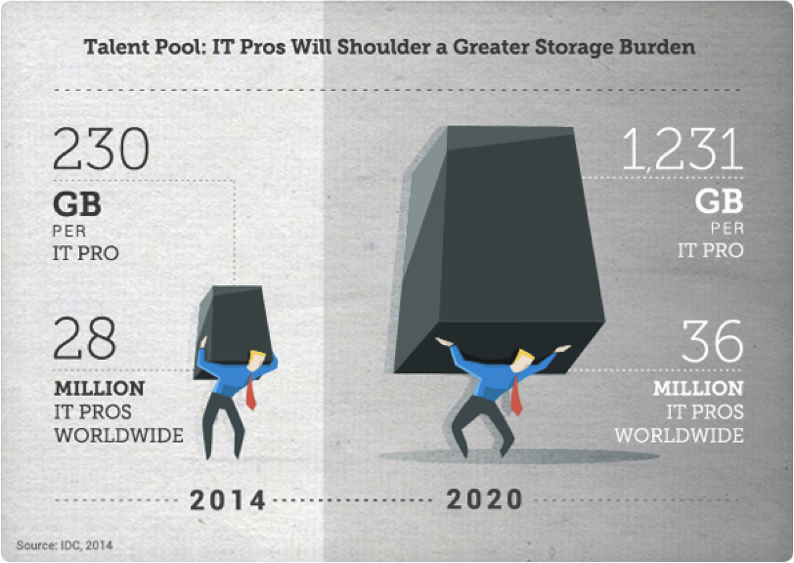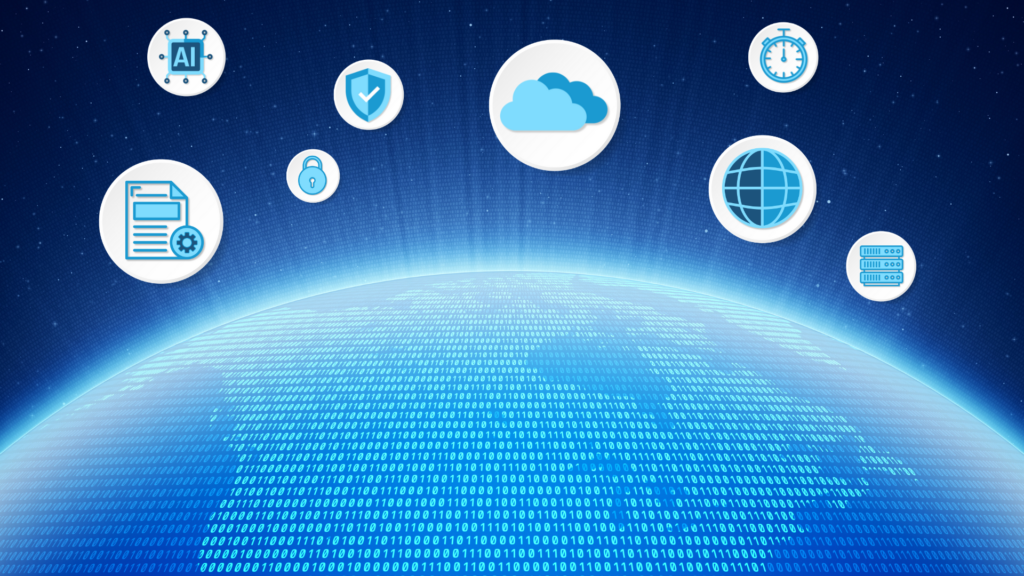The benefits and risk of true cloud-born software
What makes true cloud-born software different from software that is simply rebranded with the buzzword “cloud” and wrapped in a virtual machine or “cloud-washed”?
Automatic upgrades and maintenance
In the simplest terms, true cloud software is designed from the beginning for the cloud. Coded as a fully cloud-hosted solution, the software is managed and maintained for the user across multiple levels of redundancy with multi-tenant architecture. SaaS vendors take ultimate responsibility for operation of the environment, giving customers a virtualized infrastructure with continuous access to the latest product releases without impacting customizations. You won’t have to install upgrades or worry about outdated versions — all of that is managed by the vendor.
Typically, the update process for cloud washed software requires shutting down the old VM (virtual machine) and starting up a new one with the new software image, which requires downtime. Automatic SaaS upgrades do not have downtime. You’ll know if your software isn’t truly cloud-based, but merely built as an on-premises solution that is hosted in the cloud, if you or your IT department is responsible for downloading upgrades and maintaining the software. You can also check Amazon Web Services. If a product doesn’t show up under a search for SaaS then it’s, well, not SaaS.
While on-promises software certainly has its place, be wary of the same old software that’s made to look shiny by deploying it on a virtual machine. Not only are you missing the benefits of true cloud software, you’re likely dealing with a company that is taking shortcuts or struggling to keep up.
Cost savings through network automation, economies-of-scale, and flexible billing
Because true SaaS begins and ends on the Internet, the customer is always connected to the vendor through the product, automatically. With the network automation capacities native to SaaS, many labor-intensive tasks and processes can be mechanized. From easy, automated deployment to unseen maintenance, network-enabled automation reduces business costs by freeing up on-premises storage and IT time. This will be an increasingly needed function as IT professionals shoulder more and more burden in the coming decade. In IDC’s seventh digital universe study recently published, EMC’s Jeremy Burton said, “Companies of all types are shape shifting into software-defined enterprises right before our eyes. While the potential is massive, the implications are equally daunting. IT departments must press the restart button to find new ways to innovate around existing infrastructure.”
As the digital universe expands exponentially — that’s all the digital data being produced globally by individuals and organizations every day — already stretched IT units will have to take on even more, especially in regard to storing, analyzing, and managing data.
The cost savings from automating IT tasks and business processes is handy, but it’s nothing compared to the scaling capacities of SaaS. With hundreds, thousands or even millions of customers served on a single infrastructure rather than having to deal with each individual customer infrastructure, SaaS vendors enter economies-of-scale — drastically reduce overall costs with each additional customer — and pass that savings on.
A uniform, automated infrastructure (IaaS) also allows for powerfully simple software development and deployment because the customer’s existing in-house technology infrastructure does not have to be considered during development, reconfigured or upgraded during installation. This not only reduces TCO (total cost of ownership), it is hugely freeing for vendors and clients alike. Of course, capacities for collaboration, crowdsourcing, benchmarking, and real-time analytics are all additional perks of SaaS not available with on-premises software. And they are each potential sources of income, market insight, and competitive advantage.
A final advantage of true SaaS in regard to cost savings is the way it’s billed. Often called “pay-per-use” or subscription billing, it is much easier to track and charge per user with SaaS and easily scale up or down depending on active users of the software. SaaS frees you from having to provision enough fixed infrastructure to handle peak loads. Instead, the elastic nature of the cloud allows costs to scale with usage. It’s often difficult to predict exactly how much or how often your company will use a service, with SaaS you won’t end up paying for 50 accounts and only using two or paying for a few and constantly have to add new ones. Additionally, SaaS can adjust to high-usage or low-usage times. It all comes down to only paying for what you actually use.
Global performance and high-availability
Software failures happen. However, resiliency and high availability are characteristics of any well-designed SaaS. Software failover capabilities — the automatic switching to a redundant or standby server in case of failure — create continuous access or high availability, even if something fails somewhere in the system or data is lost or corrupted.
On the other hand, when you’re running your software on a single machine instance in a single location, you not only have global performance and high availability problems, you also have a scale problem. We’ve talked about the downside of an over provisioned fixed infrastructure you don’t need in terms of cost, but it also impacts scalability or the capacity for vendors to address each customer’s needs automatically. SaaS automatically spins up new machine instances as load dictates and then load balances across multiple instances. In addition to multi-tenancy (sharing the infrastructure in periods of low use), auto-scaling the infrastructure is needed for periods of high use. Together multi-tenancy, autos-scaling, and load-balancing allow SaaS vendors to efficiently address each customer’s requirements — whether they have 5 or 500,000 uses, moving 5 GB or 5 PB.
With SaaS, you can also expect the same performance of the software no matter where you are in the internet-connected world. Not only performance, you can expect the same customizations, files, everything, no matter the bandwidth or infrastructure of the local network. For companies with multiple national and international locations, having the same reliable performance everywhere is an obvious advantage.
What about security?
According to Gartner, most security breaches happen at the application level. Traditionally, IT organizations were responsible for application security. With SaaS, that responsibility is taken out of their hands. This is both good and bad news. As mentioned above, offloading some of IT’s workload is a needed thing. However, dealing with compliance, auditing, and the threat of ever-hunting hackers becomes more complicated with multi-tenant, multi-location, virtual environments. And many SaaS developers reactively address security breaches when they happen rather than making security a part of their overall development process. Here is where SaaS has gotten a bad name.
At Signiant, security has always been a core concern because we deal with high-value, large asset transfers over the net. Although we are beginning to see a change in our client base as other industries take on large-scale digital data projects, most of our clients are in Media & Entertainment. Our larger, well-known clients move things like entire movie files worth millions or even billions. Smaller companies move creative projects that may not match that price tag, but are still the intellectual property at the heart of their business and artistic identity. So we take security seriously, and have developed an innovate approach to security we call hybrid SaaS, which is employed in both of our SaaS products — Media Shuttle and Signiant Flight — in different ways.
To read more about the true cloud software and how we secure our SaaS offerings, check out our latest eBook, which this blog is based off of:
What is Cloud Washed? Signiant’s hybrid SaaS solutions and the value of true cloud-born software.



